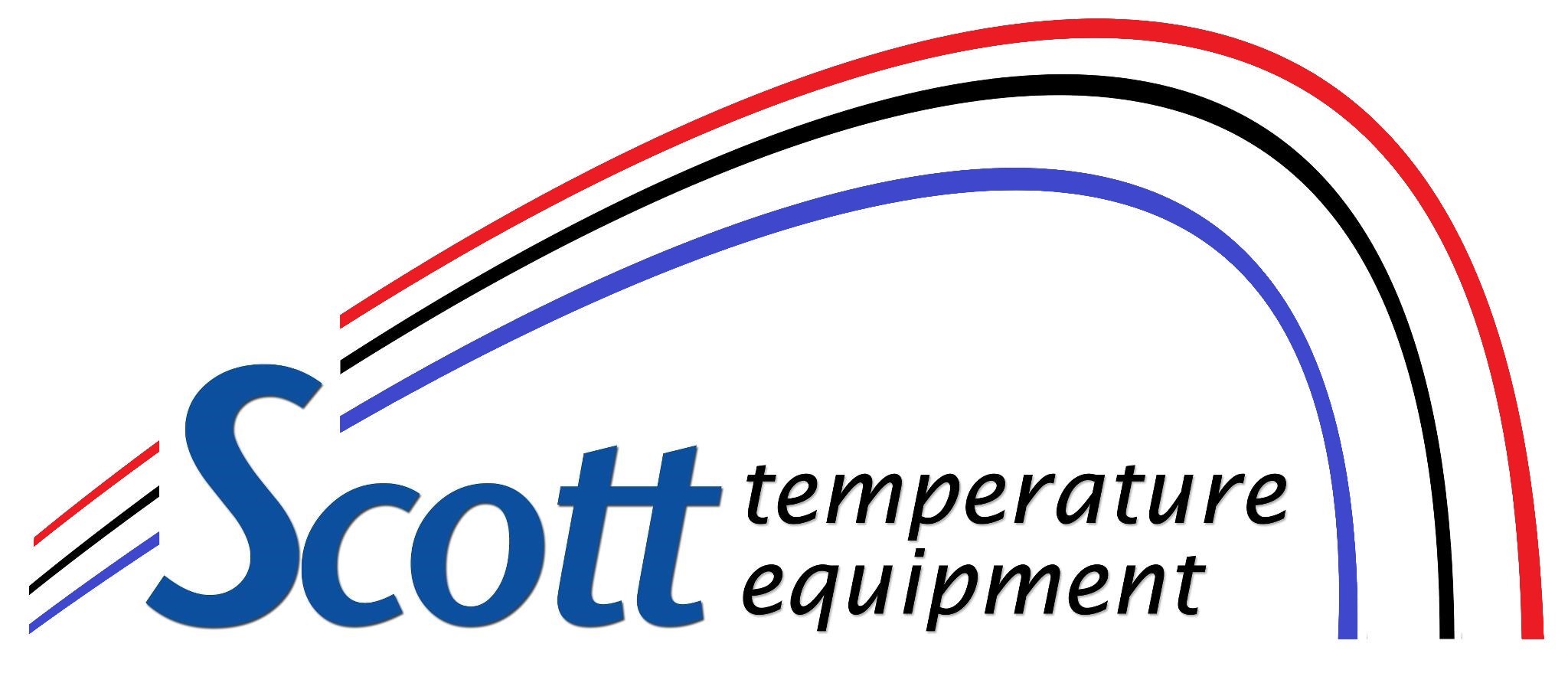
A furnace is often a background player for your home, helping keep you warm across the cold winter months. It often isn't noticed until a malfunction appears.
One cause could be that your furnace has a cracked heat exchanger. It’s a potentially dangerous issue, so it’s worthwhile to learn the signs of a cracked heat exchanger and what to do if you believe that might be the problem.
What Is a Heat Exchanger in a Furnace?
A heat exchanger transfers heat from the combustion chamber inside your furnace to the air that flows throughout the air ducts. It usually accomplishes this through coils or tubes that heat up the air while functioning as a barrier to keep byproducts formed in the combustion chamber, called flue gasses, from escaping out into your home.
Is a Cracked Heat Exchanger Dangerous?
Because of its important role, it shouldn't come as a surprise that a cracked heat exchanger can pose a risk. A damaged heat exchanger can permit dangerous gasses – like carbon monoxide, which can be lethal – to circulate throughout your home.
For that reason, never use your heating if you suspect you're dealing with a cracked heat exchanger, as this could make the entire family sick. Call an HVAC professional immediately if you believe your heater has a cracked heat exchanger that needs repair.
Four Symptoms of a Cracked Heat Exchanger:
- Furnace switches off: A cracked heat exchanger could cause your furnace to shut off.
- Strange Smells: If the air escaping your furnace has an intense chemical smell, it might be evidence gas is slipping through cracks in your heat exchanger. These gasses, which can smell like formaldehyde, are a major warning sign.
- Carbon monoxide alarm goes off or you feel poisoning symptoms: If a cracked heat exchanger is emitting carbon monoxide into your home, your carbon monoxide alarm may go off or family members could experience signs of carbon monoxide poisoning. Complications include headaches, dizziness, weakness, nausea, vomiting or feeling tired. If the alarm goes off or you feel unwell, get out of the home immediately and then call for help.
- Soot: If you notice black sooty buildup around the exterior of your furnace, it’s another sign something could be seriously wrong.
What You Can Do if the Furnace Heat Exchanger is Cracked
If you worry your furnace has a cracked heat exchanger, call a professional experienced in furnace installation Lawrence as soon as possible so they can take a look at your system and, if necessary, start a furnace heat exchanger replacement. Costs should vary depending on the situation, but estimates often hover around $1,000 to $3,000.
However, the good news is that heat exchangers are regularly covered by the warranty. You’ll want to review the warranty paperwork on your furnace, because while the warranty won't always cover the entire cost of repairs, it could significantly lower your bill.
How to Prevent a Cracked Heat Exchanger in Your Home
One of the best ways to avoid problems in your furnace overall is with routine furnace maintenance. Furnaces offer the most benefits when they work efficiently. Contacting a skilled professional to inspect your furnace for old parts, clogs in the air filters and other likely problems can help you avoid getting a big bill later on.
It’s also a good idea to review your furnace filters every few months – it’s recommended some filters be changed every 90 days or sooner if they are dirty or grimy. While the filters aren't a part of the heat exchanger itself, the strain of dragging air through a clogged filter makes the entire furnace work longer to complete its job. And the harder your furnace works, the more wear and tear parts like the heat exchanger will sustain.
